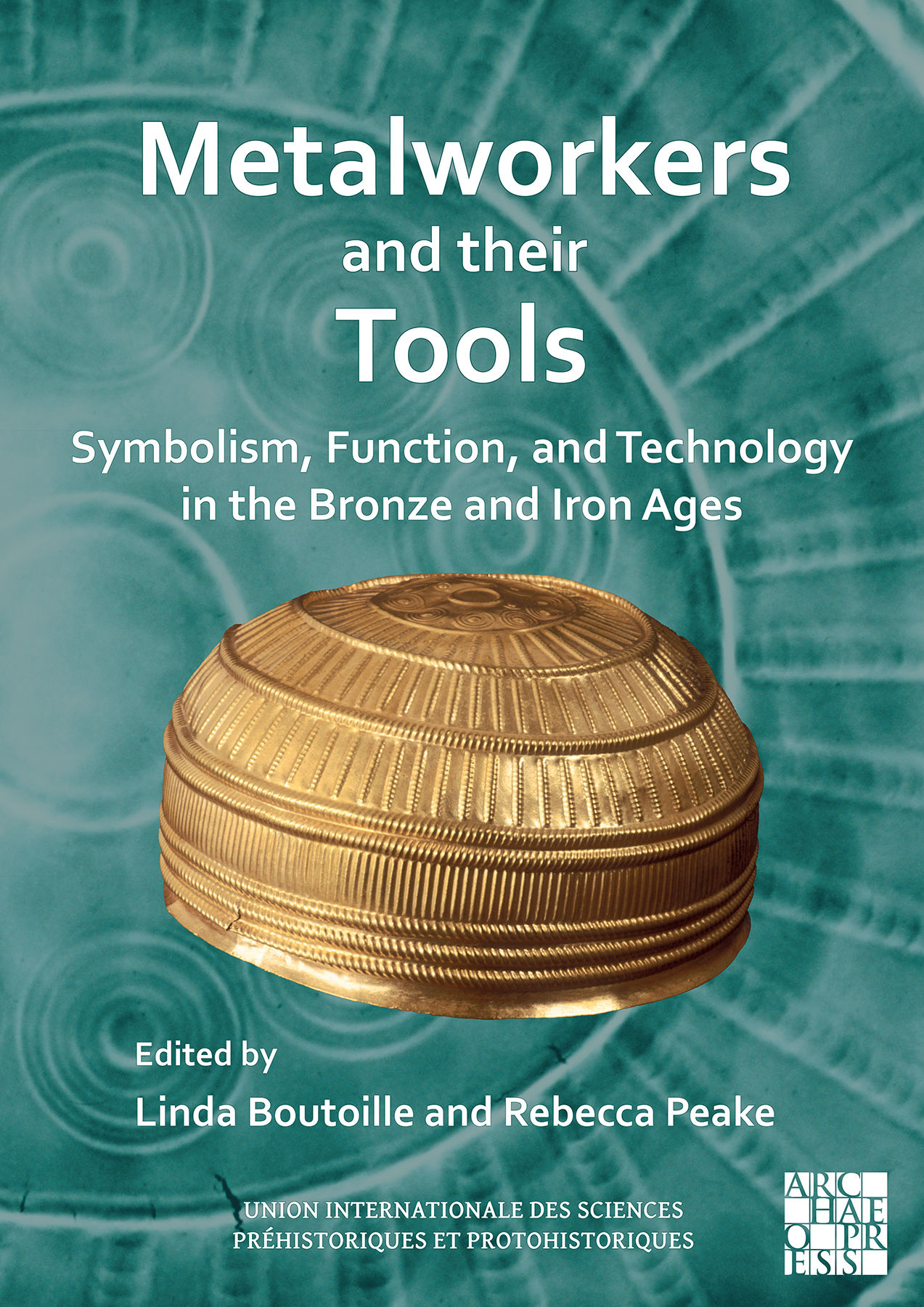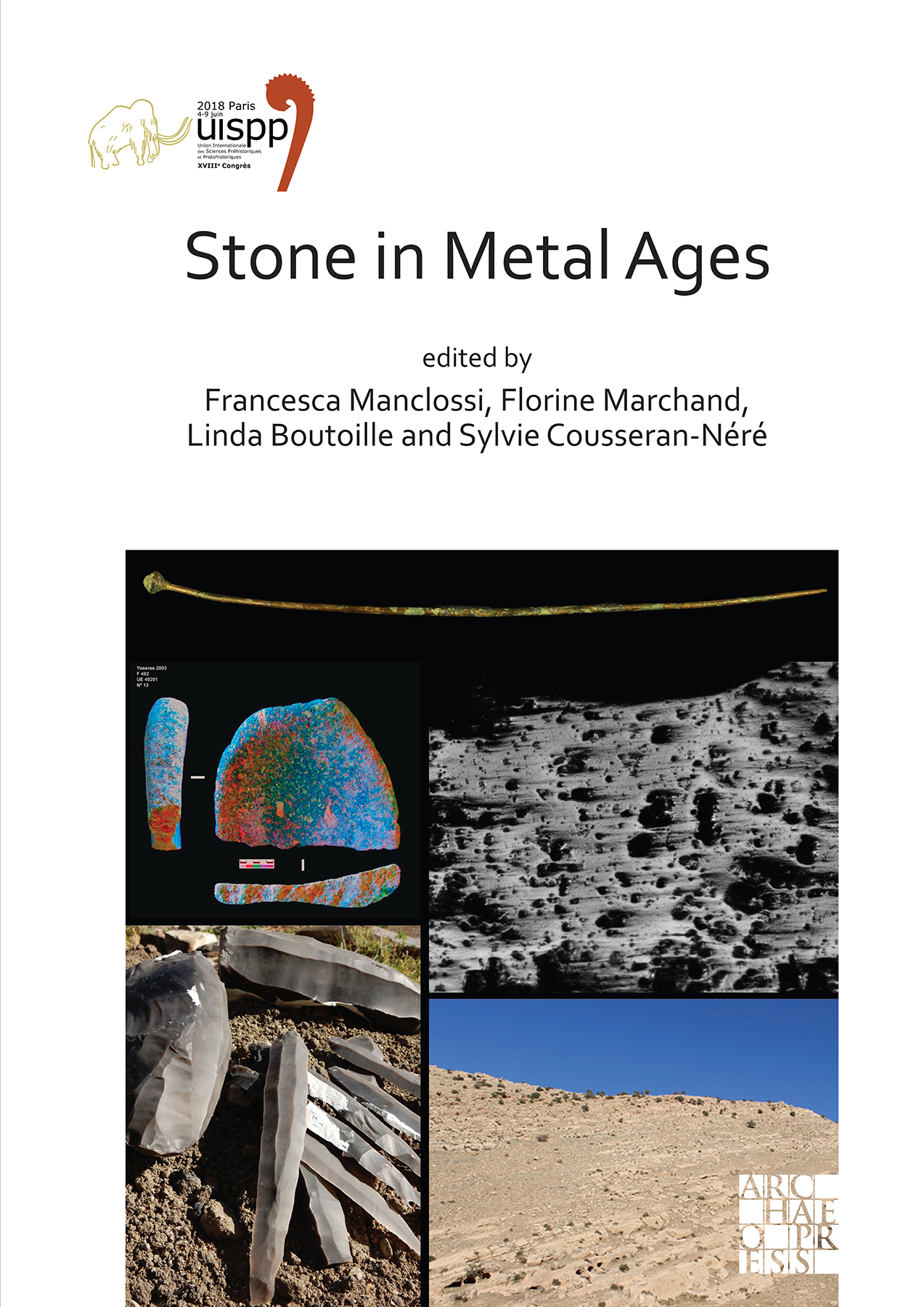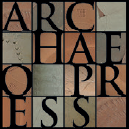
Publishing Scholarly Archaeology since 1997

Download Sample PDF
H 290 x W 205 mm
186 pages
114 figures, 6 tables (colour throughout)
Published Nov 2023
ISBN
Paperback: 9781803276243
Digital: 9781803276250
Keywords
Metallurgy; Metalworker; Tools; Lithic Tools; Metal Tools; Workshop; Bronze; Copper; Gold; Iron; Metal Ages; Bronze Age; Iron Age; United Kingdom; France; Germany; Corsica; Spain; Italy; Scandinavia
Related titles




Metalworkers and their Tools: Symbolism, Function, and Technology in the Bronze and Iron Ages
Edited by Linda Boutoille, Rebecca Peake
12 papers by 22 authors from the “Metools” symposium (Queens University, Belfast, 2016), aim to shine a spotlight on the tools of the metalworker and to follow their evolution from the beginning of the Bronze Age through to the Iron Age, as well as the place held by metalworking and its artisans in the economic and social landscape of the period.
Contents
Metallurgy; Metalworker; Tools; Lithic Tools; Metal Tools; Workshop; Bronze; Copper; Gold; Iron; Metal Ages; Bronze Age; Iron Age; United Kingdom; France; Germany; Corsica; Spain; Italy; Scandinavia
Le métallurgiste et ses outils : symboliques, fonctions, et techniques durant l’âge du Bronze et l’âge du Fer
Fine metalworking tools and workshops in Western and Northern Europe. A diachronic consideration – Barbara Armbruster
A Macroscopic and 3D Morphometric Study of Prehistoric Mining Tools from the Lower Segura Valley, Southeast Spain – Scott Ingram and Dirk Brandherm
Minimum Tools Required: A system for organising the metalsmith’s workshop – E. Giovanna Fregni
Hammers of the Gods: the role of metalworking tools in the Interpretation of hoards in Late Bronze Age Britain – E. Giovanna Fregni
The concept and meaning of tools: functional aspects and social implications – Bianka Nessel
Le discret atelier de bronzier du XIIe siècle avant notre ère de la « Rue du Bouquet » à Montélimar (Drôme) : protocole de fouille et premiers résultats – Sylvie Cousseran-Néré, Eric Néré, Marilou Nordez avec la collaboration de Linda Boutoille
Experimental Casting Pit for Bronze Items. A Preliminary Study – Alessandro Armigliato
Des outils lithiques liés à la déformation plastique des métaux sur le site de Cuciurpula (Corse, Bronze final/premier âge du Fer) ? – Linda Boutoille et Kewin Peche-Quilichini
La forge hallstattienne de Weyersheim (Bas-Rhin, France) - Hallstatt D3/La Tène ancienne – Michler Matthieu, Jodry Florent, Badey Sylvain, Clerc Patrick avec la collaboration de Bérranger Marion, Cabboï Luisella, Van ES Marieke
Embossed Ornaments on Gold Objects of the Early Iron Age in South-West Germany –
Tools and Experimental Work – Birgit Schorer
Artisans du métal et pratiques rituelles non funéraires à l’époque laténienne : le cas de la Gaule du Ve av. J.-C. à la conquête romaine – Thibault Le Cozanet, Gérard Bataille
Tracing Multimetal Craftsmanship through Metallurgical debris – Open-air workshops and multimetality in Late Iron Age Scandinavia – Andreas Svensson
About the Author
Linda Boutoille has a PhD in archaeology from the Université de Bourgogne and is currently Research Fellow based at Queen’s University. She has held a Marie Skłodowska-Curie Fellowship, a Royal Irish Academy Research Grant, a British Academy Research Grant and more recently a Gerda Henkel Research Grant. Her main research interests lie with both the technological and organisational aspects of prehistoric craft activities, and of Bronze Age metalwork production in particular.
Rebecca Peake has a PhD in archaeology from the Université de Bourgogne and is currently a senior project manager with the French National Institute for Preventive Archaeological Research (INRAP) and a member of the research team UMR 6298 of CNRS. Her published work focuses on interpretative approaches to land occupation and funerary practices in the Bronze and the Early Iron Ages.

 Add to wishlist
Add to wishlist
